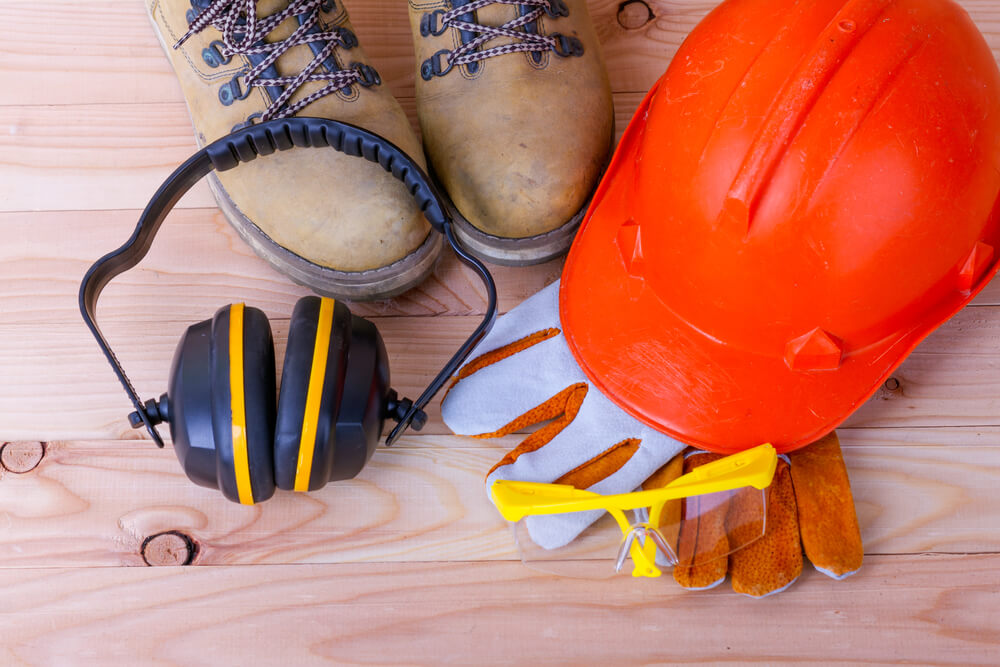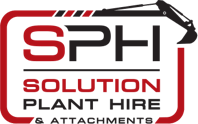
It’s all fun and games until somebody gets hurt, and not only could you be faced with a money draining lawsuit or workers compensation fees, but more importantly one of your employees could be injured for life. Keeping your equipment certified is an important part of ensuring the ongoing safety of yourself, your trade, and any employees you might have.
An accident isn’t something any business can afford; every employee has the right to return home safely. But aside from the knowledge an employee was injured while working for you, you may be impacted financially and workplace accidents can have a negative impact on your business’s reputation, and therefore who employs your services in the future. Keeping on top of the best workplace practises and regulations stipulated under the 2011 Work Health and Safety Regulation Act requires much vigilance and care, the implementation of workplace procedures, and sometimes specialised equipment.
The tools you’ll need
Firstly, you need to be aware of the regulations and restrictions placed upon plant operators and tradespersons. The National Occupational Health and Safety Commission has specific National Standards for Plants, but additionally, each state has its own regulatory systems in place. This means inter-state construction services have to be not only up to date with national and state laws in their main place of operation, but also on laws for other states in which they do business. In NSW, plants are covered by the NSW Work Health and Safety Regulation 2011 Act.
Key things to take away from this Act include:
- Under no circumstances is anyone other than a trained person permitted to operate specialised equipment.
- People who have a responsibility to report potential risks include: business owners, management, plant controllers, officers, designers and manufacturers, and workers.
- Employees must be trained in detecting future risks, as well as the procedures used to rectify them.
- All dangerous systems must have a fail-safe device built in (for example, “if the primary hoist brake fails on a crane lifting a person in a workbox, the secondary hoist brake will prevent uncontrolled dropping???). Furthermore, if a fail-safe activates, the situation must be made safe again, and the initial problem fixed before work can continue.
Conducting risk assessments
Duty holders (as outlined above) must be willing and able to identify foreseeable hazards, eliminate those risks, and report and maintain that safety standard with regular reviews.
If you’re a tradesperson, you have just as much legal responsibility for failing to assess risks as your boss does, which makes it vitally important every single person on site has their training up to date. This may seem like a pain, but having everyone on a job site aware of potential risks and hazards makes the workplace safer for all.
Risk assessments for hired tools
Hiring tools is a handy way to cut down on operational and storage costs, and generally hired equipment is assessed for safety before being rented out. However, this does not mean you can become lax in assessing the equipment you use.
- Using hired equipment for anything other than its intended purpose is illegal, and can become a serious problem for your business if its improper causes injury. You can retrofit your own tools for other jobs, but this gives you the same responsibilities from an OH&S standpoint as the manufacturer of that tool.
- Communication with the hiring company to ensure the tools are correct for the job and the tools adhere to best safety practises is paramount. In addition to this, any terms and conditions need to be negotiated ahead of time.
- Hiring specialised equipment requires licensed workers capable of using that equipment.
In return, your hiring company should guarantee you:
- All equipment is certified, safe, and in working order.
- All relevant documentation and safety manuals are provided and up-to-date.
- Safety instructions on how to use the equipment are given freely, and are specific to the specialised equipment being hired.
Identifying safety hazards
Safe Work Australia provides the following advice and guidelines in undergoing due diligence when inspecting equipment;
- Hazards generally arise from two areas, the plant itself and the function for which it is used for. The former manifests in structural damage or it’s mobility, while the latter would be the type of loads it’s carrying or environmental hazards around it.
- The correct course of action in using any equipment is to first inspect it and its surroundings for anything liable to cause injury, and review relevant safety information (including manufacturer, union regulations, and technical standards).
- After inspecting the equipment, assess the likelihood and severity of any potential risks.
- Finally, create a plan of action for controlling that risk (which for some workers may be as simple as reporting the risk to their supervisor).
This checklist applies to any and all interactions with the plant, including installation, hiring, operation, review and maintenance, storage, and repair. For a step-by-step guide on how to deal with each of these, consult Safe Work Australia’s guide to Managing Risks of Plant in the Workplace Code of Practise.
If at any time you feel as if regulations aren’t been followed in your workplace, you have an obligation to report it to your corresponding regulatory body. For NSW, that’s SafeWork NSW on 13 10 50.



